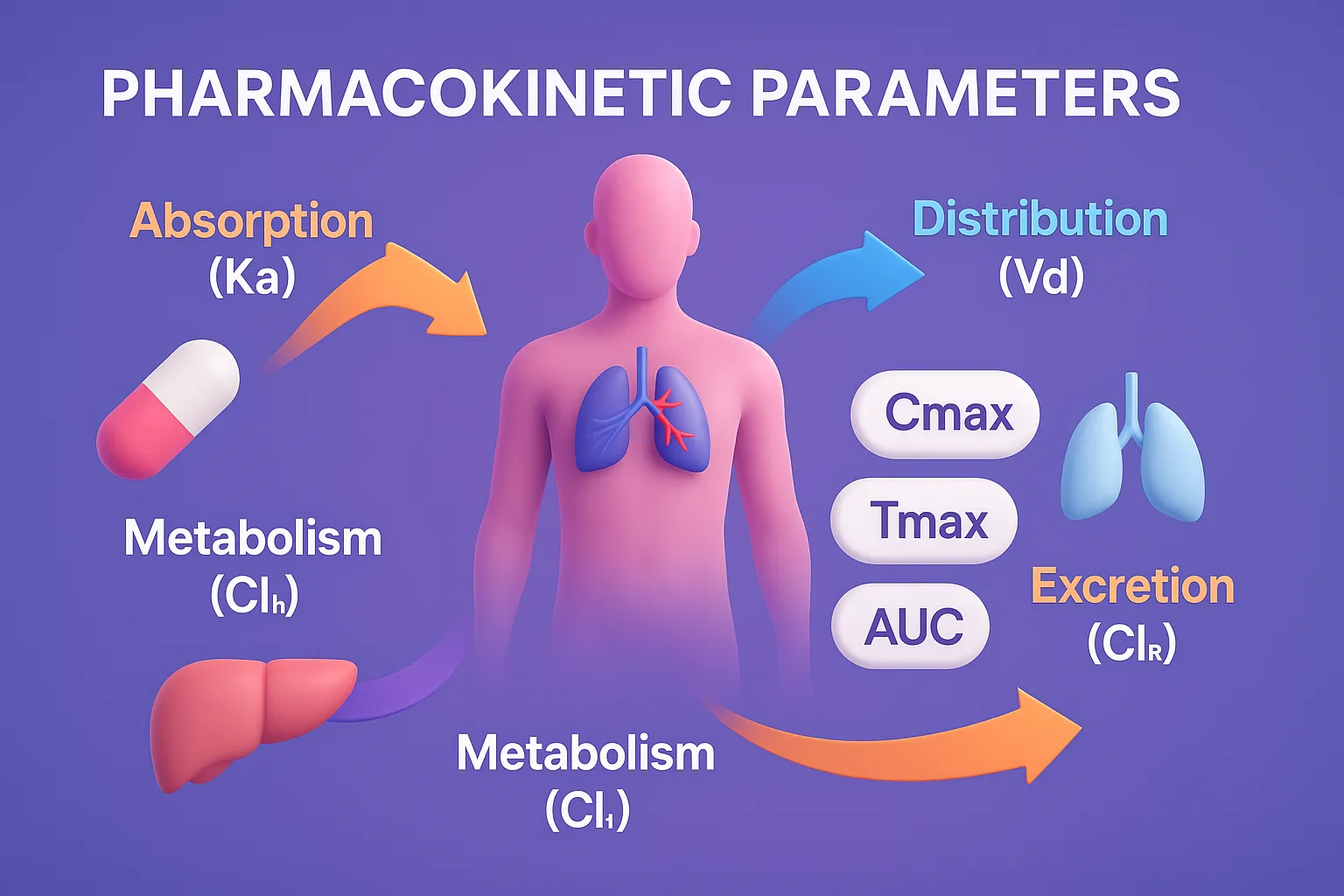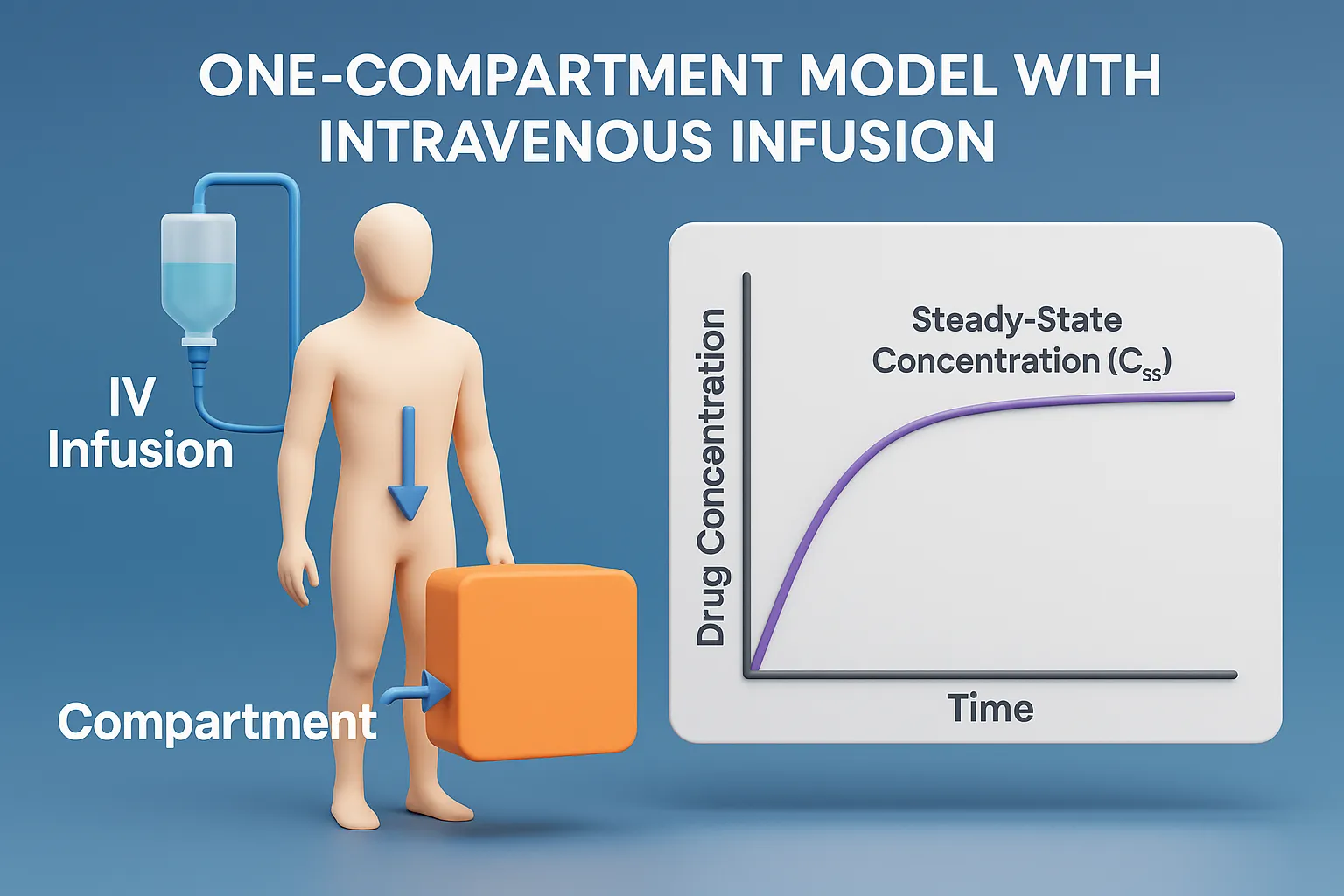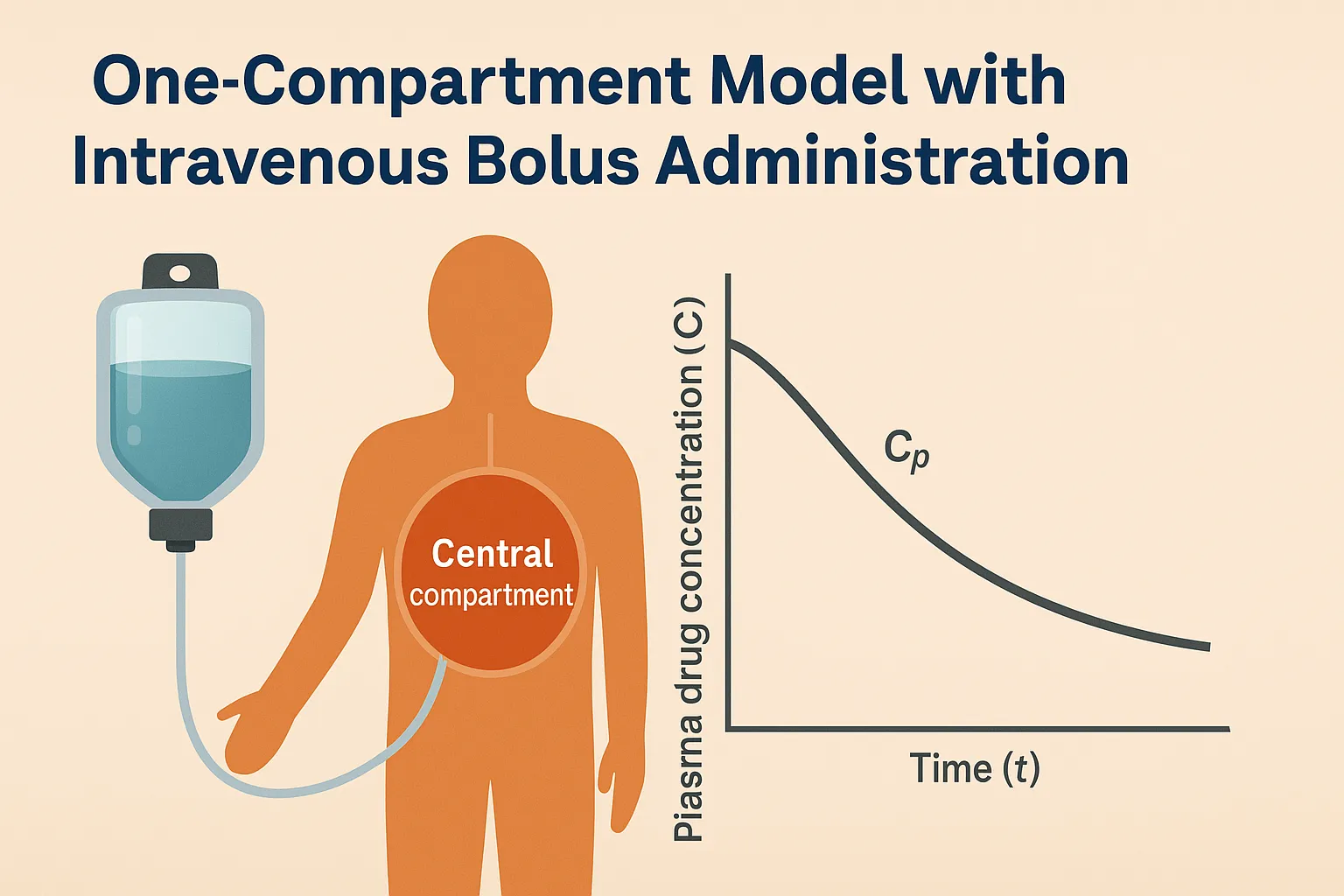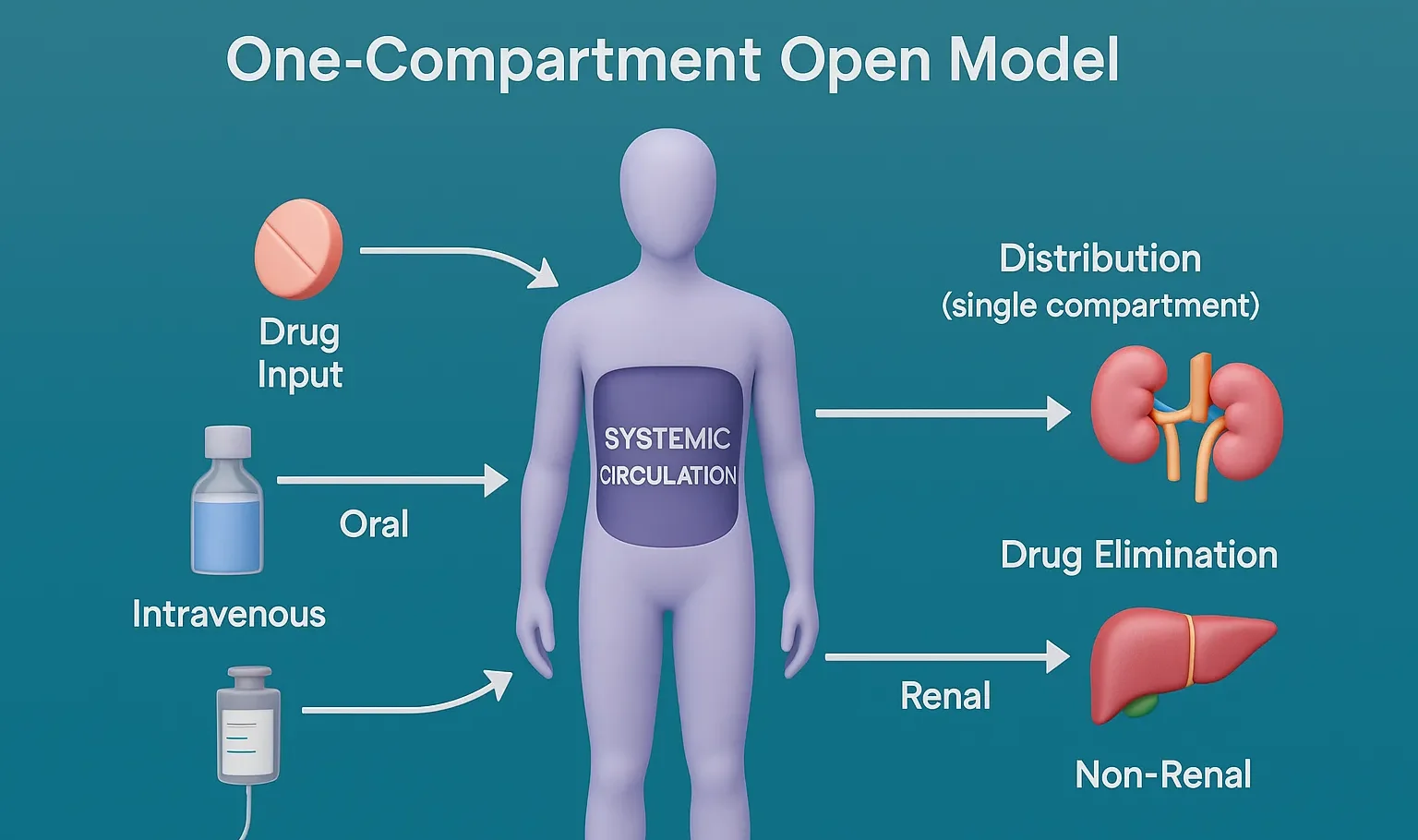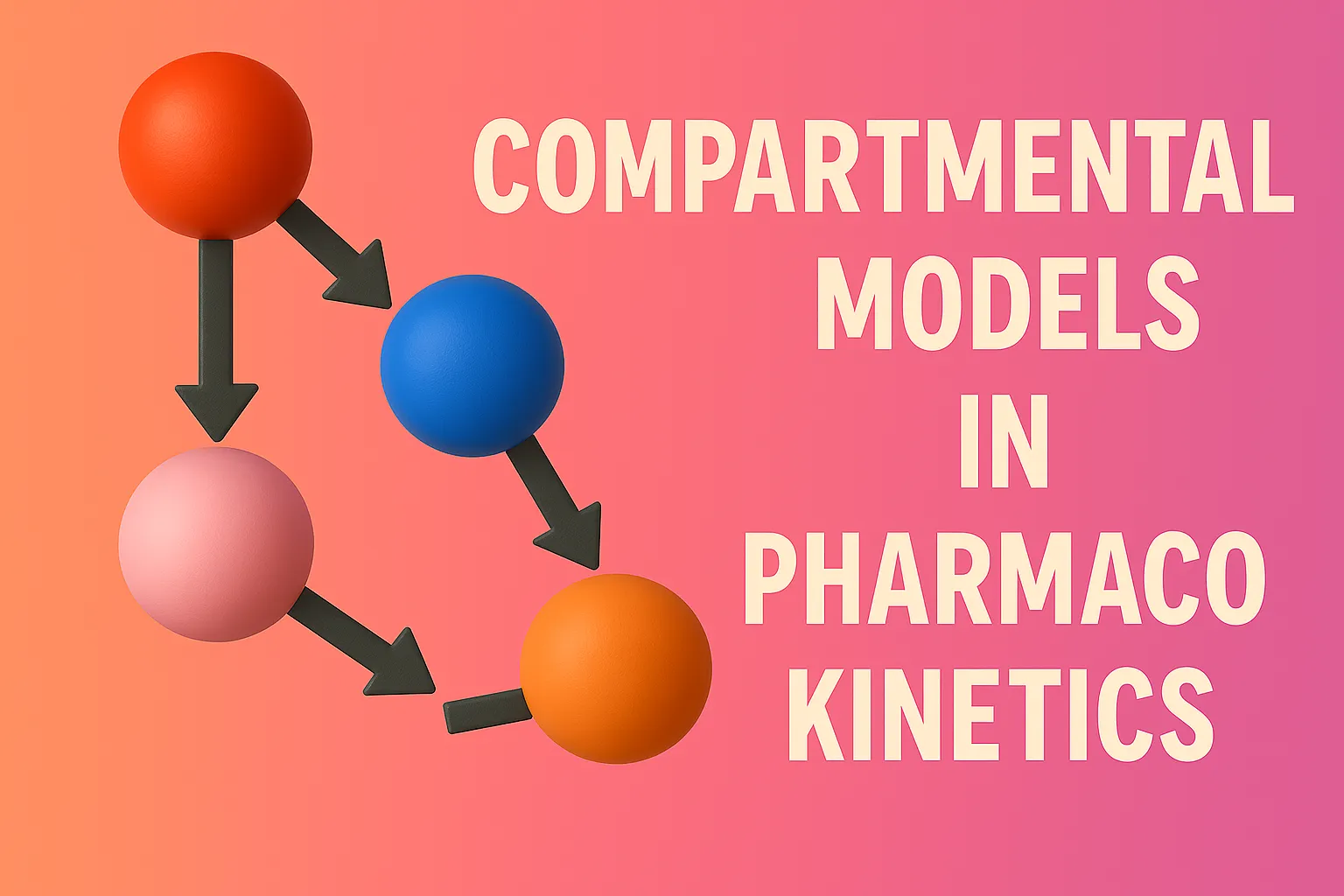Two Compartment Open Model – IV Bolus
Two Compartment Open Model IV Bolus describes rapid drug distribution into central and peripheral compartments with elimination kinetics. Drug is administered rapidly into the central compartment. Distribution occurs between central and peripheral compartments. Elimination happens only from the central compartment. This model describes the pharmacokinetics of a drug administered intravenously in a single dose, where … Read more



